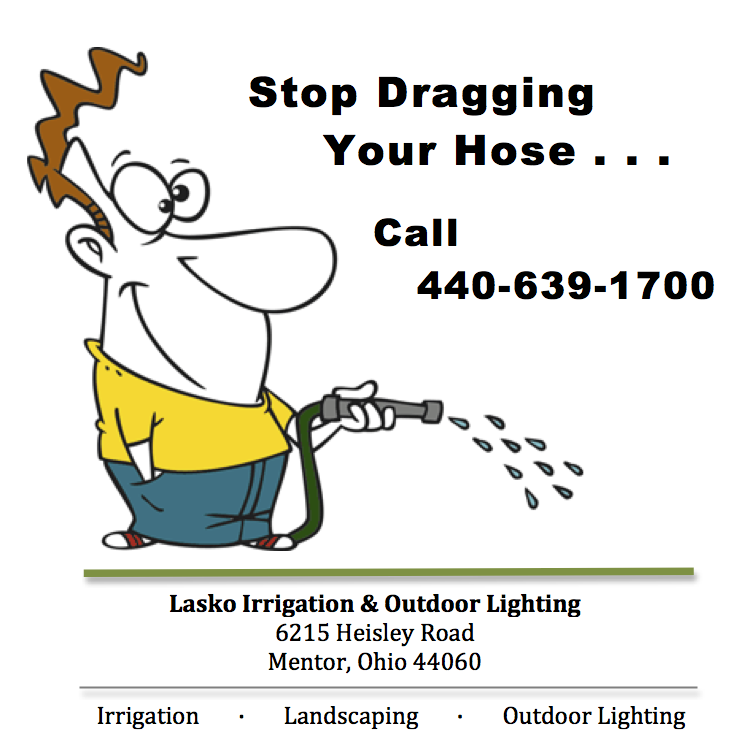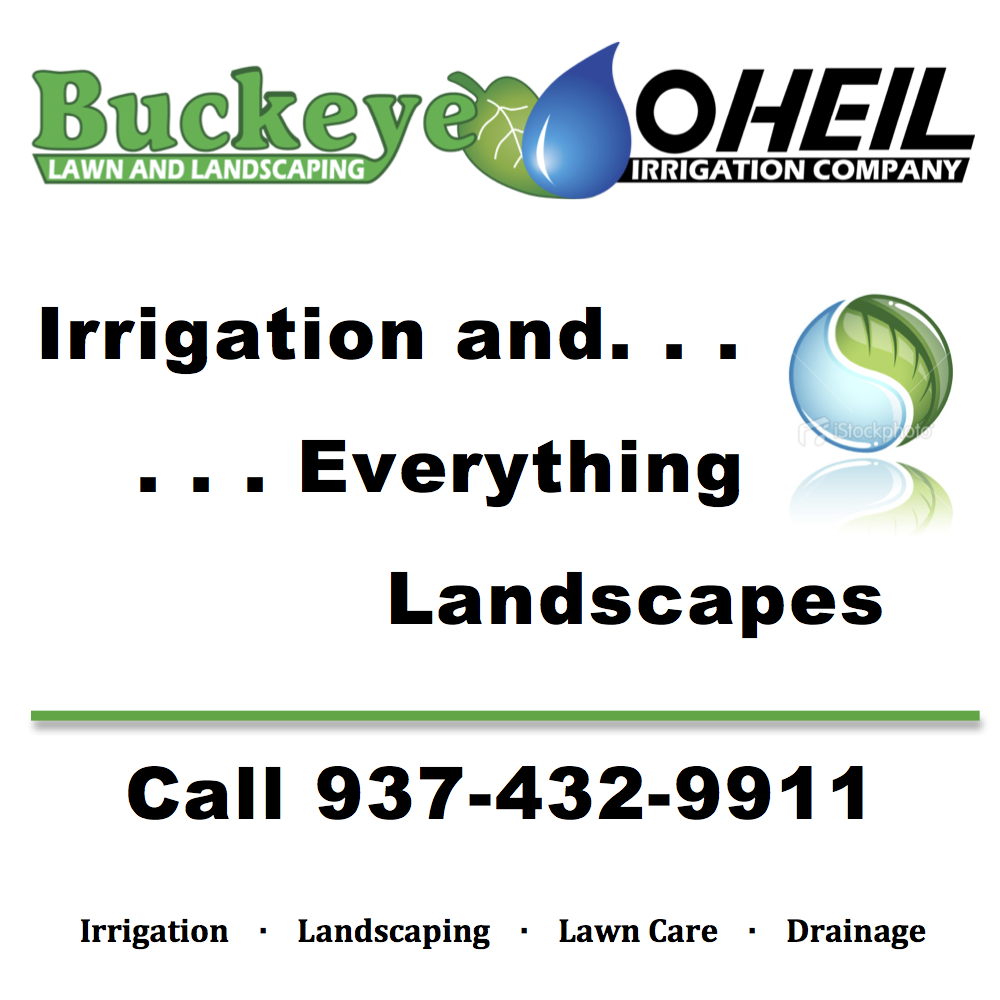
by Tom Barrett | Jan 11, 2023
Irrigation Companies Still
Struggling to Find Qualified Staff
Is your irrigation business reeling from the labor shortage? If so, you’re not alone.
Although the green industry has faced a significant labor deficit for many years, the pandemic resulted in a “double whammy” for landscape and irrigation contractors: surplus demand for services and record-breaking worker shortages.
Labor Pains
Here are just a few of the stories irrigation business owners tell regarding their labor woes and what they’re doing to alleviate the situation:

Looking for
Qualified Workers?
In addition to posting available positions on the Irrigation Association’s Careers Center page, check out the following Ohio colleges and universities listed in the IA’s Schools Directory:
Cincinnati State Technical and Community College — Register as an employer through CareerLink.
University of Cincinnati – Post jobs through the Handshake network.
Columbus State Community College – Post jobs through the Handshake network.
Ohio State University College of Food, Agriculture & Environmental Sciences – Post jobs through the Handshake network.
Cayahoga Community College (Cleveland) – Post jobs through the Handshake network.
Hocking College (Nelsonville) – Submit job description to Terry Koons, Career Center Services Manager, koonst@hocking.edu.
Owens Community College (Perrysburg) – Register as an employer through the College Central network.
Kent State University (Salem) – Post jobs through the Handshake network
Clark State Community College (Springfield) — Register as an employer through the College Central network.
You can also register as an employer with Ohio Means Jobs.
A Big Carrot
John Lane owns Castle Rock Sprinkler Service in Denver. He would love to hire three or four more irrigation techs because the demand is so high, “but I just can’t find them,” he said.
Lane even went so far as to offer $30 per hour and a signing bonus. Still, he’s had no takers. The few who did inquire about the job failed to show up for the interview.
Worst of all, Lane said, applicants claim to have experience when they don’t. So now he’s offered to pay applicants $250 a day for them to accompany him to a job site to see what they know. He’s also prepared to train applicants with at least some mechanical ability.
Working Smarter
Lester Anders, owner of Nature’s Link in Bloomington, Ind., struggles to find younger workers. He has a core group of employees who have been with him for 15 or 20 years, but now they’re starting to retire, and he has more work than ever.
To compensate for the labor shortage, Anders trains his crews to work smarter, not harder. For instance, they utilize as much equipment as possible (replacing a third worker on each team).
Anders said that if he can’t attract younger workers, he must learn to work more efficiently.
Commissioning Help
Ryan Jantz is the general manager for Arizona-based Sorona Sprinkler.
To attract and keep qualified technicians, he now offers 30% commission-based pay. It’s worked out well for him and his 12 techs.
His workers have begun “thinking on their feet” and developing new ideas to generate revenue. They’re much more motivated to upsell products and services, Jantz said.
“You know how crazy our industry has been? We’re doing a 300% increase in business with 50% of the staff we used to have.”
Kathy Wheaton
Owner, Kathy’s Corner
Vashon Island, Wash.
Survey Says…
AmericanHort, in collaboration with researchers at the University of California-Davis and the University of Michigan, conducted a survey in 2022 to help understand the depth of the labor scarcity impacting the green industry.
The following infographic illustrates key survey findings:
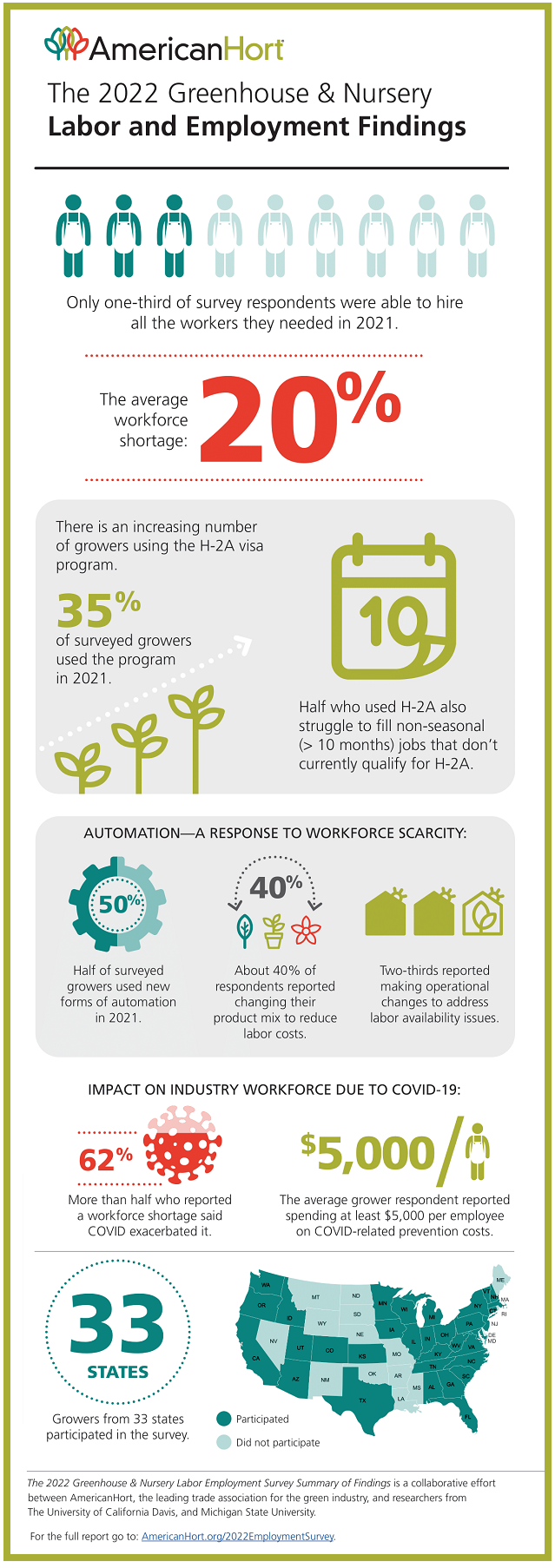
Help from Uncle Sam
In an effort to address the green industry labor shortage, the Department of Homeland Security has released more than 64,000 additional H-2B visas for fiscal year 2023. The H-2B visa program allows temporary admission of foreign workers to perform seasonal non-agricultural labor whenever unemployed U.S. workers are not available.
According to Nathan Bowen, the Irrigation Association’s advocacy director, expanding the overall labor pool will likely benefit the entire industry. Participants in the H2-B visa program benefit directly, while nonparticipants benefit indirectly because of reduced competition in the labor market.
For information, resources and assistance with the H2-B program, contact Andrew Bray, at the National Association of Landscape Professionals (NALP).
On-the-Job Training
More than ever, on-the-job training opportunities are critical if employers hope to attract and retain good workers. Increasingly, irrigation contractors are realizing that finding workers with years of experience is less likely (or important) than finding trainable people with shared values, including a strong work ethic and the desire to work outdoors.
Should You Offer Apprenticeships?
Another way landscape professionals are combating the labor shortage is by offering apprenticeships.
The National Association of Landscape Professionals (NALP) developed its apprenticeship program to help establish landscaping and irrigation as a skilled trade.
Interested companies must be in business for at least one year. NALP members pay a $500 enrollment fee ($1,000 for non-members) and a $100 per-apprentice fee ($200 for non-members). Optional training per apprentice is $737 for three online courses ($921 for non-members).
Apprentices who fail to complete the program within two years must pay an annual $50 holdover fee.
Click here for more information.
The Irrigation Association offers various online classes for every skill level, from basic hydraulics to complex irrigation system design. There’s even a beginner-level “Pipes, Fittings & Assembly” course available in Spanish (pdf format).
When training a group with a wide range of skill sets, it’s often helpful if the more advanced learners share their experiences and mentor the new hires. This is also an excellent way to measure the senior techs’ expertise.
Be sure to follow up classroom or online training with hands-on practice or implementation of the newly learned skills. Finally, have some type of evaluation in place to ensure your techs have retained the new information.
Sources:
Featured Images: Adobe, License Granted
Landscape Management
National Association of Workforce Boards
Lawn & Landscape
Irrigation & Lighting
AmericanHort

by Tom Barrett | Nov 9, 2022
Installing Holiday Lights Can Be a
Nice Bonus for Your Business
Irrigation and residential landscape contractors seeking an additional revenue stream during these colder months need look no further than holiday lighting installation.
Not only does holiday lighting provide a welcome profit, but it’s also a great way to keep your best workers employed during the off-season. It’s like a holiday bonus for your business.
Clientele typically include busy families with no time to spare during the holiday season, older couples whose light-hanging days are over, and (particularly) high-income households with large estate homes.
Here are a few ideas for getting started:
First Things First
Confirm that the size and average income of your local population can sustain an installation business. Are there fewer than 50,000 residents within 30 miles of your business? Then you probably don’t have the population base needed to support your new venture. What about the average income? Most of your customers will be upper middle class or higher. If the average household income within your service area is at least $150,000 a year, you’re probably in good shape.
![]()
 How Much Should
How Much Should
I Charge?
The amount you charge customers for a holiday lighting install depends on the complexity of the design, the square footage involved, the types of lights selected, and whether lights are purchased or leased. (The price of light strands averages between $80 and $300, depending on the product.)
The installation cost for the first year is typically reduced by 50% for subsequent years. Charges include free servicing and bulb replacement throughout the season.
Here are some average installation charges, according to HomeAdvisor:

Determine if there’s a reasonable demand for holiday lighting services. How much competition will you face? Do some research to make sure your local market isn’t already saturated. Bear in mind, however, that significant competition could mean the market is hot and can support multiple installers.
Find a Partner
Affiliating your business with an established holiday lighting company offers a fast track to success through training, sales leads, and product discounts. Some manufacturers will also supply various tools to help build your business, such as a designer app that illustrates how the lights will look on a client’s home, or an estimating program.
Another option to get your new business up to speed quickly is to purchase a franchise. For the cost of a start-up fee and a yearly royalty, you can get training and support, business software, territory protection, and marketing assistance.
Franchise companies provide the blueprints for efficient, replicable systems, so there’s no need to “reinvent the wheel” on each job. Installers can complete the job quickly and move on, optimizing the short holiday window of opportunity. As a result, franchises often work best if you stick to the established program and resist the temptation to deviate.
—Article Continues Below—

Potential Pitfalls
Experts in the field caution newbies about the following potential pitfalls:
Using inferior products. Don’t cut corners by purchasing cheaper products from the local big-box stores. Instead, choose waterproof, contractor-grade lights with sturdier bulbs, thicker wires, and more reliable connectors. These products provide a warranty.
Offering too many discounts. Remember, you’re offering a premium service that your customers will expect to pay for. Also, be sure to set a minimum charge. (See sidebar above, “How Much Should I Charge?”)
Assuming you’re covered. Make sure your insurance carrier includes coverage for climbing ladders and roofs and using hydraulic cranes.
Selling It
 Storing Lights
Storing Lights
Whether you choose to sell light strands to your customers or lease them, it’s a good idea to offer off-season storage for a nominal fee. Storing your customers’ holiday lights provides two substantial benefits:
- It helps expedite next year’s installation, especially if you use labeled bins and include blueprints or other schematics, along with the necessary attachments (timers, extension cords, etc.)
- It increases the likelihood of repeat business. Why should your customers go elsewhere when you already possess everything they need?
Even though the residential holiday lighting market is strong, you’ll still need to sell your irrigation and landscaping customers on the benefits of using your holiday lighting services. Here are a few selling points worth mentioning:
- The Wow Factor – professionally installed lights look beautiful and elegant without being garish (something your neighbors will appreciate). Be sure to show your customers plenty of examples.
- Safety – When trained professionals handle the job, homeowners have no risk of injury (falling from roofs and ladders, electrical shock, or exposure to the elements).
- Convenience – Your customers can spend their holiday preparation time on more enjoyable tasks with friends and family.
- Economy and Sustainability – professional-grade LED light strands are more durable and utilize much less power.
Sources:
Featured Image: Adobe, License Granted
Irrigation & Lighting
Christmas Designers
Angi

by Tom Barrett | Oct 18, 2022
4 Tips for Retrofitting and
Upgrading Irrigation Systems
Winterization season is a great time to evaluate your customers’ irrigation systems and suggest retrofitting or upgrading outdated equipment and software for the coming year.
Irrigation technology is continually advancing as sustainability and water efficiency become increasingly important. As a result, the opportunity to enhance sales by retrofitting and upgrading current systems is huge.
Mark Your Calendar!

MidwestGREEN, OGIA’s annual signature event, is scheduled for Nov. 1-3, at the Columbus Convention Center.
For more information
and to register…

In the past, irrigation systems were upgraded only when they ceased functioning properly. Not so anymore. Today customers may want to augment their existing system with water-efficient controllers or other solutions. They’re seeking out smart controllers and nozzles that use less water and prevent runoff. And they want the convenience of mobile connectivity.
4 Tips to Consider
Here are four tips to consider before embarking on an irrigation system upgrade or retrofit:
#1. Familiarize Yourself with the Currently Installed System
Gather as much information as possible from the homeowner regarding the current system. Determine how old the system is and learn about its efficiency and history.
The simplest way to do this is to review the service calls, noting the required repair type (pipe break, broken sprinkler, bad solenoid, etc.). This information will help you identify trends.
#2. Identify If the System Needs an Upgrade or a Retrofit
Is the intention to improve the existing system’s performance (upgrade) or completely replace it (retrofit)? Retrofitting involves both software and hardware modifications, while upgrading focuses solely on software improvements. Knowing this will help you ascertain the level of difficulty the project will entail and the best options for a successful upgrade or retrofit.

Need Winterization Tips?
For a complete guide to winterizing irrigation systems, check out these past articles:
For instance, a maturing landscape may interfere with the system’s water distribution. (This is especially true for drip irrigation systems.) You may need to relocate the sprinklers or even install a different type of system altogether. On the other hand, the mature landscape may just require more water; upgrading the controller’s software may be all that’s needed to improve distribution and efficiency.
#3. Determine Budget Constraints
Identify the priorities based on the homeowner’s budget. Your preferred supplier can offer cost-effective upgrades that won’t break the bank. On the other hand, systems that require a complete overhaul can be expensive. If the homeowner does not have the cash on hand for such an expense, financing is a great option. (See sidebar below, “Customer Financing Benefits.”)
#4. Consider How It All Fits Together
How does it all fit together? Are the existing hydraulics powerful enough to water everything in the allotted time? Are the rotor zones using matched precipitation rate nozzles? It’s an easy change and will greatly improve the system uniformity. Additionally, in older systems, nozzles can wear out. This is usually indicated when the water stream from the nozzle is ragged and rough. A worn nozzle will also experience a radius reduction.
–Article Continues Below–

How far are your upgrades from the controller? More than 1,100 feet and you may need to run more electrical. Lastly, consider how your customer will be connecting to the controller. Is it through ethernet, cellular, or Wi-Fi? While ethernet is faster and more dependable, Wi-Fi and cellular offer mobile control.
Products for Irrigation Retrofits
Here are a few products and equipment that have retrofit capabilities.
Tucor Hybrid 3D
The Tucor Hybrid 3D is a simple plug-and-play device that allows you to add a master valve, flow sensor, and 1-24 new valves to any irrigation controller using existing wires. It can also convert a conventional controller to a Tucor 2-Wire decoder system. No need to run additional control or communication wires and cables in order to expand the existing system.
Rain Bird Spray-to-Drip Retrofit Kit

Customer Financing Benefits
If your irrigation business is not yet offering customer financing, here are a few reasons to consider it:
- Accelerates the Sales Process. Offering flexible financing at the point of sale minimizes pricing objections and helps close deals faster.
- Increases Customer Retention. Helping your customer manage his budget and cash flow will create a strong connection that can lead to the next sale.
- Delivers a Great Customer Experience. Leveraging customer financing lets you eliminate the sting of sticker shock and shift the conversation away from budget constraints to the value an upgraded irrigation system provides.
- Gives Your Business an Edge. Offering customer financing can give you a competitive edge, allowing smaller businesses to compete with larger ones.
- Attracts New Customers. Research indicates that the top-performing home improvement contractors offer customer financing. Prospective customers shopping around for an irrigation contractor may be more likely to choose one offering financing options.
Source: DLL Group
This simple kit easily converts each sprinkler head into a 6-port drip emitter watering system. The 1800 Retro internal assembly is easily installed into any existing Rain Bird 1804 spray head bodies to retrofit the current system to Xerigation® products.
Kit includes three) 1 GPH and three 2 GPH drip emitters to allow flow variation, fine mesh filter, 30 PSI pressure regulator, and manifold that connects to 1/4 in. tubing.
Hunter MP Rotators
Hunter’s MP Rotators apply water using heavy droplet streams at a matched precipitation rate. The slower application rate allows water to soak into the soil gently and achieves an even distribution throughout the irrigated area. The MP Rotator can replace the sprinkler head on any conventional spray head body or shrub adapter.
Hunter HCC Retrofit Kit for ICC & ICC2
Hunter also offers a Retrofit Upgrade Kit for its ICC and ICC2 controllers. This kit contains everything needed to upgrade to wifi control using the Hydrawise software — essentially converting the ICC controller to the new HCC controller — including a 3.2″ full-color touchscreen display for Wi-Fi setup, zone testing, and offline programming at the control panel. The Hydawwise software provides easy contractor access to the system via any smartphone.
Baseline Systems BaseStation 3200™
The BaseStation 3200™ supports Baseline’s two-wire technology, as well as conventional wire and retrofit solutions. Its advanced flow management features and flexible communication options allow users to network devices through the cloud or local area networks.
For difficult retrofitting situations or complex irrigation sites, Baseline SubStations can be wirelessly connected to the controller.
Sources:
Featured Image: Adobe, License Granted
Turf Magazine
Central Turf & Irrigation Supply

by Tom Barrett | Sep 7, 2022
How to Avoid Installation Missteps
Do you offer landscape lighting in your menu of services?
If so, we’re here to help you avoid five common mistakes when installing outdoor lighting systems. Let’s get started!
Mistake #1: Designing with Fixtures Instead of Light
There are a lot of impressive fixtures on the market, and homeowners can easily get carried away trying to incorporate them into their landscapes. But, make sure you’re designing with light and not fixtures.
Decide with the homeowners where they want to have light before you determine which fixture is best for creating the desired effect. Once your customers decide what they want to see and experience at night, you can help them make that vision a reality.
If you’re not designing with light, it’s too easy to use a particular fixture in ways it was never intended. For instance, path lights look great when they’re the right size and properly placed along a walkway. But they look out of place in a flowerbed far from any path.
Focus on the light, not the fixture.
Mistake #2: Using Poor-Quality Fixtures
Outdoor lighting fixtures are made with a number of different materials, most commonly aluminum, composite, copper, stainless steel, and brass.

Getting Into the
Lighting Business
Irrigation and landscape contractors are increasingly expanding their services to include outdoor lighting.
If your business is ready to “switch up,” you’ll want to take some training courses before performing jobs for homeowners. Although no special license or certification is needed, about six to 10 hours of class time should provide you with a basic knowledge of outdoor lighting.
Training is available through your irrigation distributor and lighting vendors such as Kichler, FX Luminaire, and Alliance.
Cast aluminum and composite are less expensive, but they’re lower-quality materials. Over time, it can oxidize, and the paint will fade considerably. (Powder coating can help extend the life of the fixture, but UV rays will cause it to discolor, chip, or peel.) Likewise, composite fixtures will begin to degrade after relatively short exposure to the outdoor elements.
Stainless steel is durable and perfect for a more modern look, but it must be kept clean to prevent corrosion. Dirt, sand, and other materials can compromise its protective layer of chromium oxide.
Brass and copper are both naturally resistant to corrosion. (They will slowly patinate when exposed to the elements, but they will not corrode.) Brass and copper are more expensive, but they’re also the most durable metals. Several manufacturers offer extended warranties on their brass and copper products.
Also be sure to use thicker-gauge wires with waterproof connections and outdoor-rated LED bulbs for a robust lighting system.
Mistake #3: Blinding the Viewer
If you’ve ever been momentarily blinded by lighting while walking along a pathway or around a pool, you know how annoying it can be. This common lighting mistake is easily avoidable. Never install fixtures in a way that exposes the light source to the eye. The resulting direct glare causes visual discomfort and can obscure the viewer’s vision
Always use glare shields on spotlights and flood lights, and position the fixture in a way that allows the shield to block the light source from viewers’ eyes.
—Article Continues Below—

Mistake #4: Over-Illuminating
There are two causes of over-illumination: high bulb wattages (e.g., using a 50-watt halogen when a 20-watt would be visually more appealing) and too many fixtures positioned close together. (See sidebar, “Ditch the Runway.”)

Ditch the Runway
To avoid over-illumination on pathways, the experts at Volt Lighting recommend positioning path lights in a zigzag pattern.
Alternating the fixtures from one side to the other, instead of lining them up on both sides, offsets the “airport runway” effect and creates a more aesthetically pleasing landscape.
Also, for curved paths, be sure to position the lights so they follow the curve.
An adequately illuminated residence increases security, but the outdoor lighting installer must always consider the customers’ neighbors and be aware of relevant light pollution codes.
You can’t go wrong by consistently adjusting to the lowest possible light level. The light of a full moon has a light level of only 0.01 lumens per square foot (or foot candle). Most path lights project a level about ten times that, while a typical spotlight projects more than 100 times the level of moonlight.
Use the minimum light level for the most aesthetic lighting that still offers safety and security.
Mistake #5: No Maintenance Plan
The outdoor environment can be brutal. Heat fluctuation, precipitation, dust, insect/animal activity, and plant growth all take their toll on an outdoor lighting system. As a result, all landscape lighting requires a certain amount of upkeep.
Advise your customers of all the benefits of annual maintenance, then follow up with them to schedule an appropriate time to provide this service. Here’s a checklist of standard maintenance tasks:
- Remove hard-water deposits from fixture lenses.
- Bury any exposed wire.
- Trim back obstructive plant growth and/or relocate fixtures.
- Use a multimeter to test terminal blocks inside transformers and adjust power loads, if necessary.
- Inspect and adjust timers inside the lighting control.
- Realign crooked fixtures.
- Replace burned-out bulbs.
Sources:
Featured Image: Adobe, License Granted
Den Garden
Volt Lighting
The Hardscape Exchange
McKay Lighting

by Tom Barrett | Aug 10, 2022
Tips for a Profitable Partnership
As an irrigation contractor, one of the surest ways to enhance your bottom line – as well as your professional reputation – is to develop a solid and meaningful relationship with your distributor.
If you’re ready to make this partnership a priority, here are a few “don’ts” to keep in mind:
Don’t Be a Stranger
The pandemic showed us how to fall back on virtual meetings and transactions when personal interactions weren’t possible or prudent. Now that we’re moving past that stage, face-to-face meetings should re-emerge as the better way to cultivate mutually beneficial relationships with distributors.
Try to stop in periodically so they can make that personal connection. This conveys a clear message to your distributor that the relationship is important to you.
Keep communication candid and frequent. Suppliers often make decisions based on ongoing conversations with their customers. Create a process so that electronic communications in particular don’t get out of hand.
![]()
 When Selecting
When Selecting
a Supplier
When first selecting a supply partner, keep in mind the three Ps: products, people and proximity.
- Products – Make sure your distributor of choice carries the products and brands you prefer, and offers up-to-date and innovative solutions.
- People – Gauge the knowledge level of the supplier’s employees. The staff should be well-informed and understand the challenges contractors face.
- Proximity – Is the supplier located within a reasonable distance of your shop or job sites? You don’t want to waste valuable time running back and forth if you encounter a problem.
Along those same lines, be honest with your distributors about the size of your business. Don’t over- or under-sell it. Let them know how often you’ll need materials and what’s most important to achieve your business goals.
Don’t Sound False Alarms
If you sound a false alarm one too many times, you’ll get little to no response. For irrigation contractors, this means try not to expect immediate service from your distributor all the time. Reserve calling in favors for true emergencies.
Remember, your distributor is also juggling multiple priorities. He’s servicing hundreds of customers while also interfacing with manufacturers for required stock. You’ll make his life easier (and strengthen your partnership) if you don’t make every situation a rush request.
Don’t Be Afraid to Negotiate
Both you and your distributor must account for every penny. Once you understand how suppliers set price points, you can negotiate mutually beneficial terms (such as preferred product mix and delivery schedules) as well as costs. While it’s okay to purchase a few items online in the interest of cost savings, remember that solid distributor support will benefit your business more in the long run.
However, expecting a trifecta win of best price, best quality, and best service for every product you purchase from your supplier is unrealistic. Cash discounts and special account terms can be just as valuable as the best pricing, and they provide the added benefit of fostering a win-win relationship with your distributor.
If your business is too small to leverage steep product discounts, consider teaming up with a like-minded contractor so you too can enjoy the type of sales volume that qualifies for a discount.
Lastly, to minimize the risk of misunderstandings, put the result of your negotiations in writing.
—Article Continues Below—

Don’t Hesitate to Ask for Help
While it’s important to negotiate your best deal, be sure to ask for help when needed.
Components are continually being redesigned to improve efficiency, and new releases are common. Suppliers are incentivized to stock and promote specific items, so they’ll be glad to hook you up with the latest and greatest products. Don’t hesitate to ask if your distributor offers training for you and your staff.
Occasionally, even highly reputable brands will fail in the field. When that happens to you, make sure your supplier is informed. He’s likely in a position to offer assistance. And if there’s truly an issue with a product, your distributor can go to bat for you with the manufacturer.
More Than Just Dollars and Cents
The makings of a great supplier relationship go well beyond pricing. Of course, you want the best price to get the job done. But professionalism and mutual respect run deeper. Contractors and distributors rely on each other for their very survival.
Prudent professionals on both sides of the counter will work to ensure this valuable association receives the attention it deserves.
Sources:
Featured Image: Adobe, License Granted
Landscape Management
Lighting & Irrigation
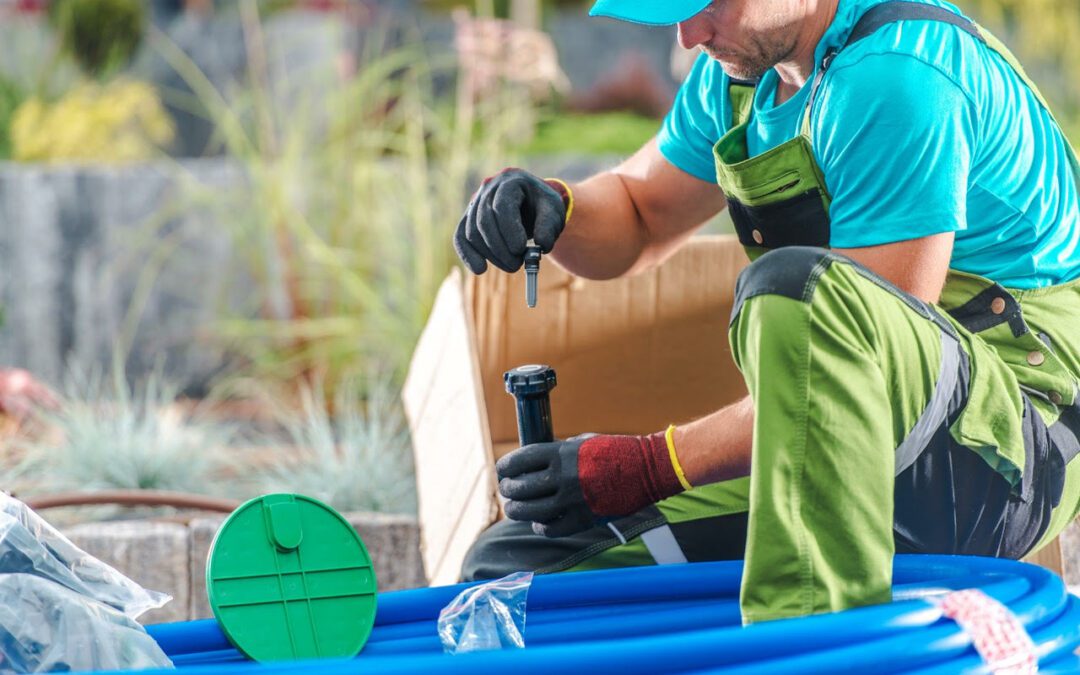


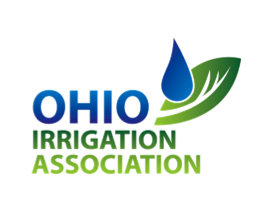

 How Much Should
How Much Should

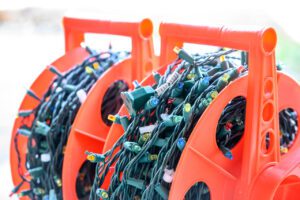 Storing Lights
Storing Lights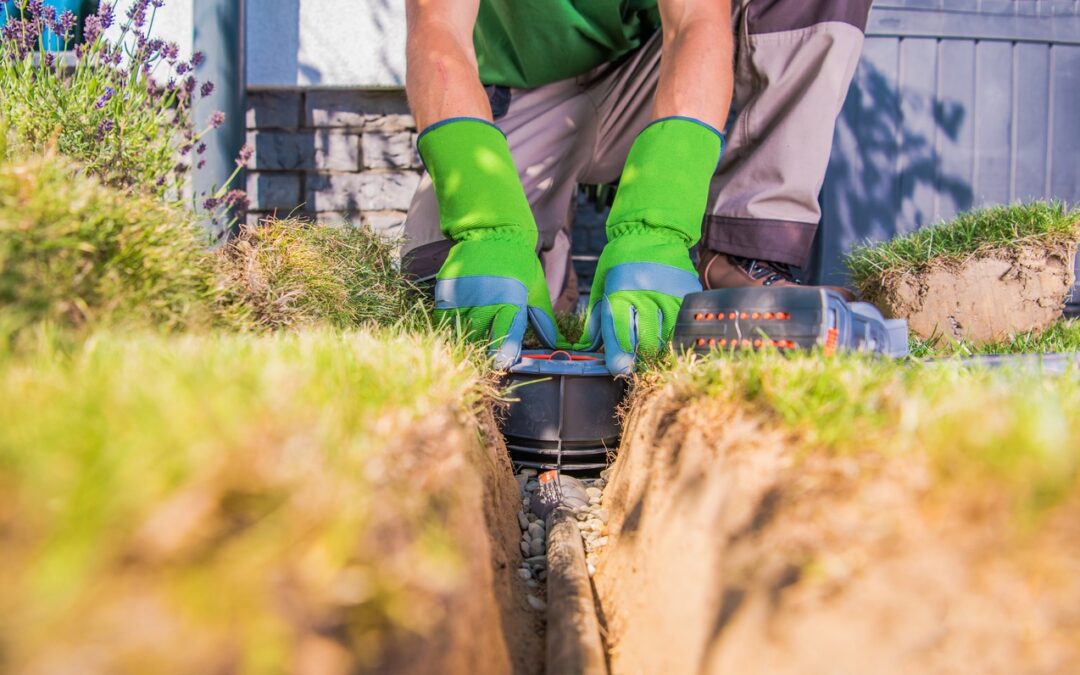






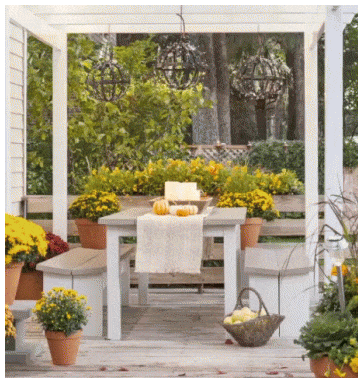
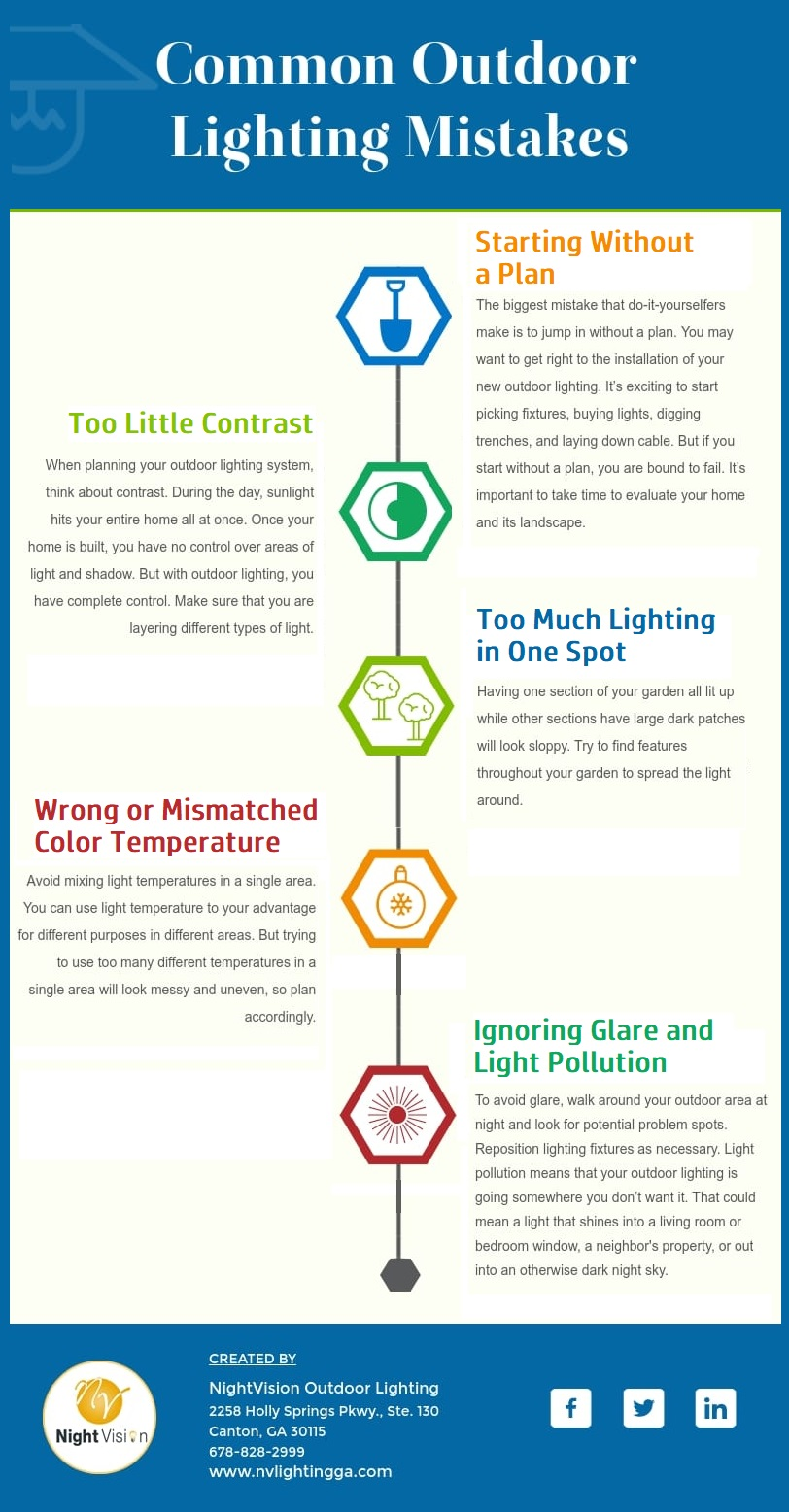


 When Selecting
When Selecting

